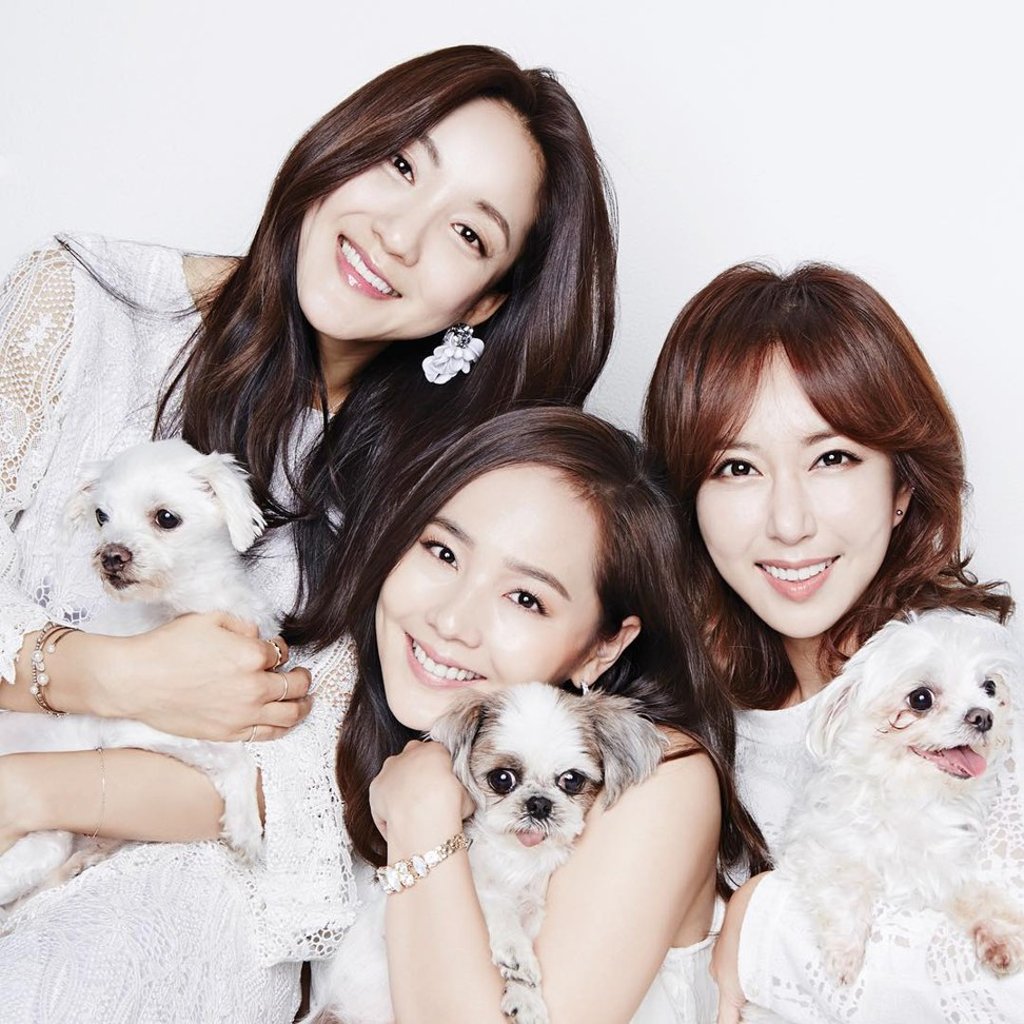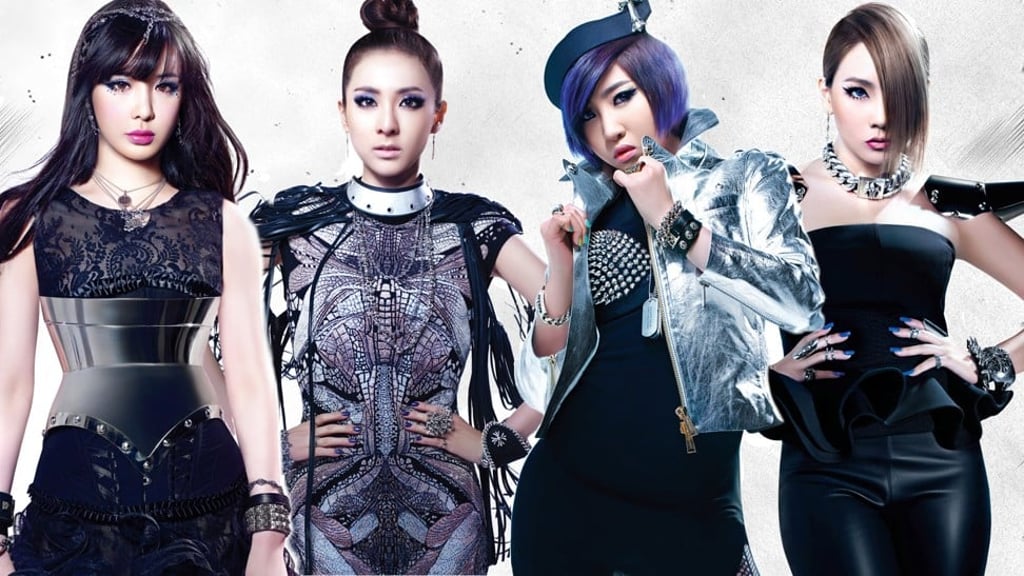K-pop icons, now and then: where it all began for today’s girl groups
All-girl bands such as Red Velvet, After School, 2NE1 and Twice are nothing new – such acts were performing back in the 1930s, according to a music critic’s exhibition

When tracing the origins of modern K-pop girl groups such as Twice, 2NE1, Red Velvet and Girls’ Generation, many fans might point to acts such as S.E.S. and Fin. K. L., two K-pop icons from the 1990s who had a huge impact with their music and choreography.
Choi Kyu-sung, a photographer-turned-music critic who recently published the book Ancestors of Girl Groups, says otherwise, based on his lifetime collection of 305 girl groups from as far back as the 1930s.

“Prior to S.E.S. and Fin. K. L, there were so many great girl groups who enjoyed superstar status, only their names have been forgotten,” Choi says.
Red Velvet in Hong Kong: Kim Jong-un loved their K-pop show, and now it’s your turn. Here are five hits to get you hyped
He says South Korea’s first girl group were the Jeogori Sisters, who made their debut in 1935. “Jeogori” refers to the upper garment of the hanbok, the traditional Korean dress. Better-known girl group Kim Sisters, a trio formed in 1953 by famous singer Lee Nan-young comprising her teenage daughters and their cousin, even ventured to the United States and were a forerunner of hallyu, or the Korean wave, he says.
